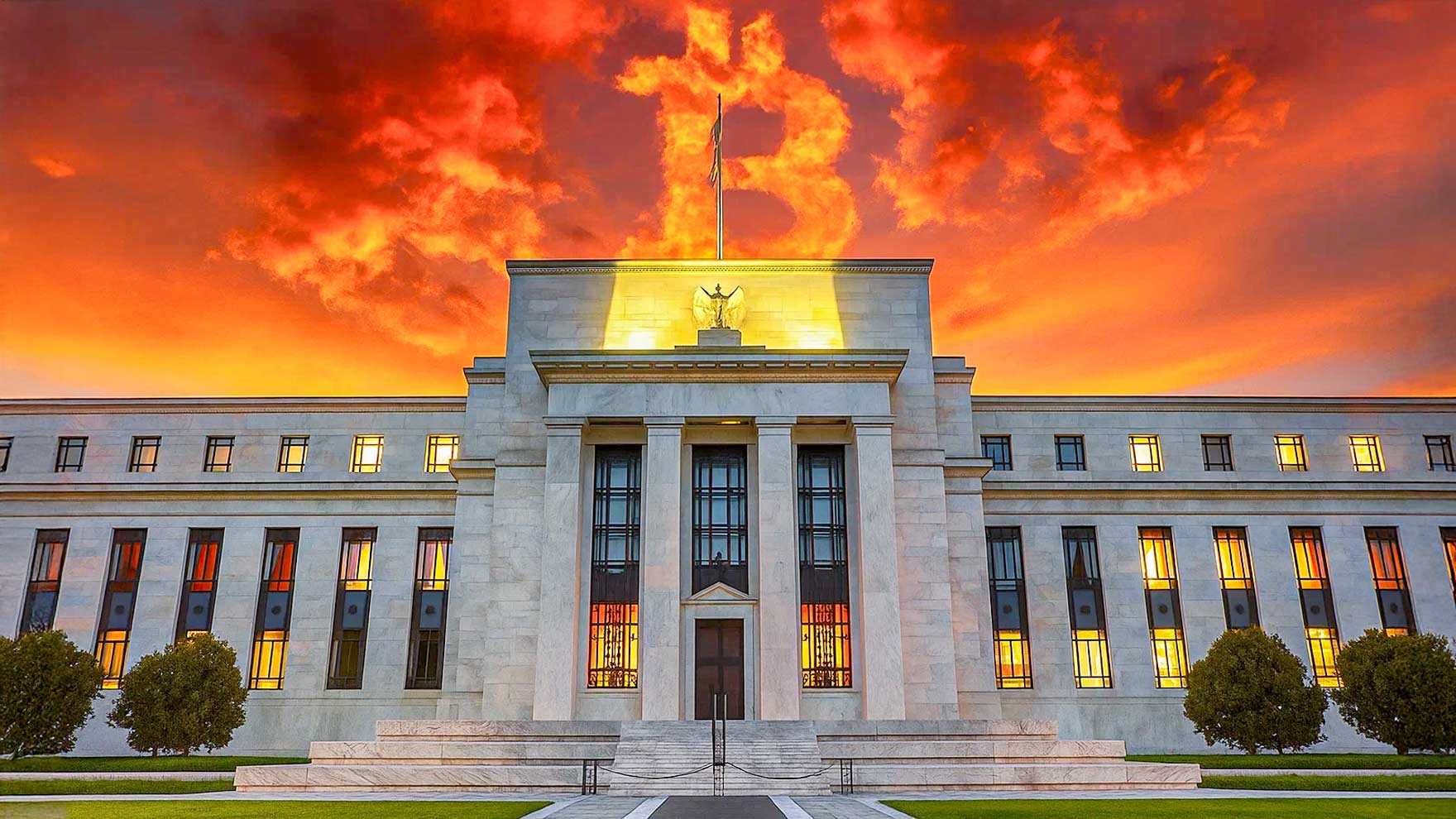Federal Reserve Winds Down 'Novel Activities' Supervision Program—Bringing Crypto and Fintech Oversight Back to the Mainstream

On August 15, 2025, the Federal Reserve officially announced the termination of its Novel Activities Supervision Program, a specialized initiative created in 2023 to monitor banks’ engagements with emerging technologies like cryptocurrencies, stablecoins, tokenized securities, and fintech partnerships. With this move, the Fed will instead fold oversight of these activities back into its established, routine supervisory process.
This change signals a pivotal shift in regulatory philosophy: a transition from compartmentalized supervision of novel financial products to integrated, streamlined oversight that treats these once-novel activities as standard banking operations. But is this a sign of maturity—or premature comfort—in the face of evolving risks?
Background: The ‘Novel Activities’ Program
Launched in 2023, the Novel Activities Supervision Program served as a dedicated framework for supervising banks’ interactions with digital innovations. It targeted:
- Stablecoin issuance
- Tokenized assets
- API-driven fintech collaborations
- Distributed ledger (DLT)-based projects
This program aimed to ensure the Federal Reserve could scrutinize and manage potential legal, operational, cybersecurity, and financial stability risks posed by these rapidly evolving technologies.
Reasons Behind the Termination
Growing Institutional Familiarity
According to the Fed, its understanding of crypto and fintech-related risks—and banks’ internal controls over them—has significantly deepened. This increased comfort justifies integration into regular supervision.
Regulatory Efficiency
Merging oversight into the standard system streamlines regulation and reduces duplication. For banks, this may mean fewer compliance hurdles and faster time-to-market for innovation.
Broader Policy Environment
This shift reflects a broader deregulatory sentiment, consistent with prior rescindments of crypto-related guidance and the evolving political climate.
What This Means for Banks & Fintechs
Reduced Regulatory Burden
Banks may no longer need prior formal approval to offer services like stablecoin issuance or cryptocurrency custody—a change that could drive wider adoption.
Greater Innovation Opportunity
With fewer entry barriers, traditional financial institutions and fintechs may ramp up product offerings and partnerships in the digital asset space. radom.com
Compliance Vigilance Still Key
While oversight is now integrated, the risk management expectations remain. Banks must continue to build strong internal controls around cybersecurity, volatility, and legal clarity.
Broader Regulatory Context
Crypto Guidance Reversals
In early 2025, the Fed, FDIC, and OCC rescinded prior guidance that required banks to seek approval before engaging in crypto-related services—a complete rollback of coordination seen in the wake of the 2022 crypto market turbulence.
GENIUS Act & Stablecoin Regulation
Enacted July 18, 2025, the GENIUS Act established a regulatory framework for U.S.-dollar-backed stablecoins, requiring backing with high-quality liquid assets and public reserve disclosures. This regulatory clarity may further encourage institutional participation.
Political Underpinnings
This deregulatory trend underscores the broader approach of the Trump administration—favoring innovation-driven financial policy that reduces barriers for crypto-related banking activities.
Potential Risks & Considerations
Regulatory Oversight Dilution
Some argue the sunset of specialized supervision may blunt the Fed’s ability to detect and respond to crypto-specific risks quickly.
Rapid Innovation vs. Slow Regulation
Financial innovation can outpace regulation. If the standard framework isn’t sufficiently agile, emerging risks may go unchecked.
Transparency and Accountability
Past concerns—such as those highlighted in investigations like "Operation Chokepoint 2.0"—underscore the importance of maintaining transparent and equitable regulatory practices.
Conclusion
The Federal Reserve’s dissolution of its Novel Activities Supervision Program reflects a strategic inflection point in its regulatory approach—from sandbox-style oversight to full integration. This move users confidence in existing systems, aligns with sweeping policy reversals of 2025, and could catalyze innovation in crypto and fintech.
Yet, as the pace of financial innovation accelerates, the Fed—and the broader regulatory ecosystem—must remain vigilant. Seamless oversight requires not just integration, but also adaptability, transparency, and foresight.
















